Home>Gardening & Outdoor>Plant Care & Gardening Tips>When To Plant Native Perennials To Ohio
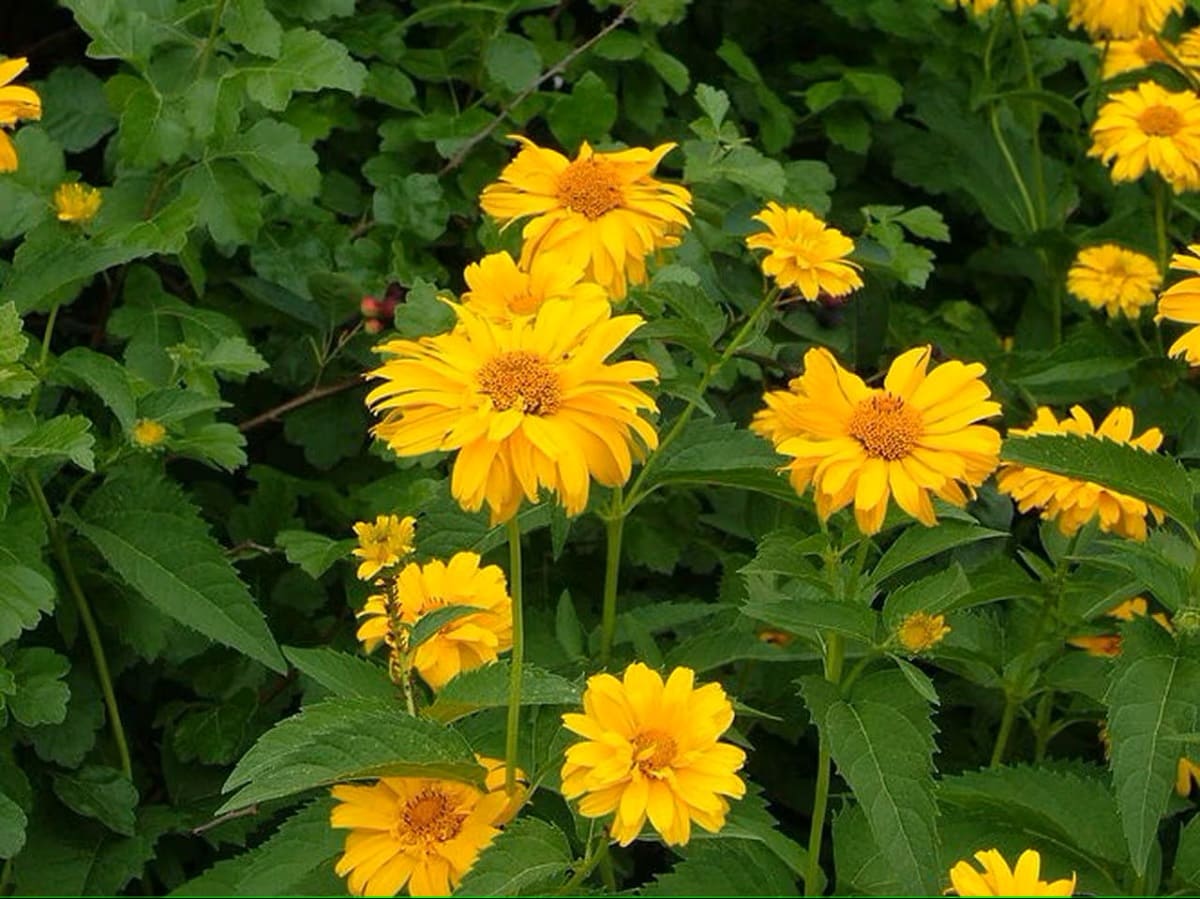

Plant Care & Gardening Tips
When To Plant Native Perennials To Ohio
Published: December 25, 2023
Discover the best time to plant native perennials in Ohio with our expert plant care and gardening tips. Ensure a thriving garden with our seasonal planting guide.
(Many of the links in this article redirect to a specific reviewed product. Your purchase of these products through affiliate links helps to generate commission for Storables.com, at no extra cost. Learn more)
**
Introduction
**
Are you a gardening enthusiast looking to enhance the beauty of your Ohio garden with vibrant, resilient plants? If so, you've come to the right place. In this comprehensive guide, we'll delve into the world of native perennials, exploring their benefits, the optimal time for planting them in Ohio, and the essential steps to prepare your garden for their arrival. By the end of this article, you'll be equipped with the knowledge and confidence to cultivate a thriving garden filled with native perennials that will flourish year after year.
Native perennials are an invaluable addition to any garden, offering a myriad of benefits that extend beyond their visual appeal. From supporting local ecosystems to requiring minimal maintenance, these plants have much to offer both novice and seasoned gardeners alike. Join us as we uncover the wonders of native perennials and learn how to create a sustainable and breathtaking garden in the heart of Ohio.
Key Takeaways:
- Embrace Ohio’s native perennials for a low-maintenance, vibrant garden that supports local wildlife and conserves water. Plant in spring or fall for resilient, year-round beauty.
- Prepare your Ohio garden for native perennials by assessing soil, clearing the area, and considering plant spacing. Popular choices like Purple Coneflower and Black-Eyed Susan thrive in the state’s diverse ecosystems.
Read more: When To Plant Perennial Seeds
Understanding Native Perennials
Before diving into the specifics of planting native perennials in Ohio, it’s essential to grasp the concept of these remarkable plants. Native perennials are species that naturally occur and thrive in a particular region, having evolved and adapted to the local climate, soil, and wildlife over time. Unlike annuals, which complete their life cycle within a single growing season, perennials persist year after year, often becoming hardier and more resilient with each passing season.
One of the defining characteristics of native perennials is their ability to endure the diverse weather conditions of Ohio, from the frigid winters to the balmy summers. Their deep-rooted resilience allows them to withstand temperature fluctuations and seasonal changes, making them a reliable and low-maintenance choice for gardeners in the region.
Moreover, native perennials play a crucial role in supporting local ecosystems. As these plants have coevolved with native insects, birds, and other wildlife, they provide essential food and habitat for the region’s fauna. By cultivating native perennials in your garden, you contribute to the preservation of Ohio’s natural biodiversity and help create a sustainable environment for local wildlife to thrive.
Understanding the unique attributes and ecological significance of native perennials is the first step toward fostering a harmonious and thriving garden. With this knowledge in mind, let’s explore the numerous benefits of incorporating native perennials into your Ohio landscape.
Benefits of Planting Native Perennials in Ohio
When it comes to enhancing the beauty and sustainability of your Ohio garden, native perennials offer a multitude of advantages that set them apart from non-native alternatives. Let’s delve into the compelling benefits of planting native perennials in the Buckeye State:
- Resilience: Native perennials have evolved to thrive in Ohio’s specific climate, soil conditions, and natural ecosystems. Their inherent resilience enables them to withstand extreme temperatures, droughts, and other environmental challenges, ensuring their longevity and vitality in your garden.
- Low Maintenance: Once established, native perennials typically require minimal maintenance compared to non-native plants. Their adaptation to the local environment means they are well-suited to Ohio’s natural rainfall patterns and soil composition, reducing the need for excessive watering, fertilization, and pest control.
- Biodiversity Support: By cultivating native perennials, you actively contribute to the preservation of Ohio’s native flora and fauna. These plants provide essential food and shelter for local wildlife, including pollinators, birds, and beneficial insects, fostering a biodiverse and ecologically balanced garden ecosystem.
- Water Conservation: Native perennials are adept at conserving water, making them an eco-conscious choice for Ohio gardeners. Their deep root systems help prevent soil erosion and enhance water retention, contributing to the overall sustainability of your garden while reducing the need for excessive irrigation.
- Seasonal Interest: From the vibrant blooms of spring and summer to the striking foliage of autumn, native perennials offer year-round visual interest in your garden. Their diverse colors, textures, and forms ensure a dynamic and ever-changing landscape that evolves with the seasons.
These benefits collectively make native perennials a compelling choice for Ohio gardeners seeking to create a sustainable, vibrant, and ecologically supportive landscape. As we continue our exploration, we’ll delve into the key factors to consider before embarking on your native perennial gardening journey in Ohio.
Factors to Consider Before Planting
Before diving into the delightful world of native perennials in your Ohio garden, it’s essential to consider several key factors that will influence the success and longevity of your plantings. By taking these aspects into account, you can ensure that your garden is well-prepared to accommodate and support native perennials, setting the stage for a flourishing and sustainable landscape.
- Sunlight and Soil Conditions: Assess the sunlight exposure and soil composition in your garden area to determine which native perennials are best suited to thrive in these conditions. Some species may prefer full sun, while others thrive in partial shade, so understanding your garden’s microclimates is crucial for selecting the most appropriate plants.
- Water Availability: Consider the natural water availability in your garden, including rainfall patterns and soil drainage. Certain native perennials are drought-tolerant, while others thrive in moist or well-drained soils. Matching the water needs of your plants to your garden’s natural conditions will promote their long-term health and vigor.
- Wildlife Considerations: Assess the local wildlife in your area and consider how native perennials can support and enhance the biodiversity of your garden. Select plants that provide food and habitat for pollinators, birds, and beneficial insects, contributing to a thriving and balanced ecosystem.
- Growth Habit and Maintenance: Understand the growth habits and maintenance requirements of different native perennials. Some species may spread vigorously, making them ideal for filling in large areas, while others maintain a compact form, suitable for borders and containers. By selecting plants that align with your maintenance preferences, you can cultivate a garden that suits your lifestyle.
- Long-Term Vision: Envision the long-term aesthetic and ecological goals for your garden. Consider how native perennials can contribute to the overall design, color palette, and seasonal interest of your landscape. Additionally, think about how these plants can support local ecosystems and contribute to the sustainability of your garden over time.
By carefully considering these factors, you can make informed decisions when selecting and preparing your garden for the introduction of native perennials. Now that we’ve explored the essential considerations, let’s turn our attention to the optimal time for planting these resilient and vibrant plants in the Ohio landscape.
Plant native perennials in Ohio in the spring or fall, when the soil is cool and moist. This will give them time to establish before the heat of summer or the cold of winter.
Best Time to Plant Native Perennials in Ohio
Timing is crucial when it comes to planting native perennials in Ohio, as it directly impacts the establishment and long-term success of these resilient plants. Understanding the optimal planting window is essential for ensuring that your native perennials acclimate effectively and flourish in their new environment. In Ohio, the best time to plant native perennials is during the spring and fall seasons, each offering distinct advantages for the plants’ growth and establishment.
Spring Planting:
Spring is an excellent time to introduce native perennials to your Ohio garden, as the soil begins to warm, and the plants have the entire growing season to establish their root systems before the onset of winter. Planting in early spring, after the last frost date, allows the perennials to take advantage of the favorable weather conditions and ample rainfall, promoting robust growth and adaptation to their new surroundings. Be sure to select plants that are suitable for early spring planting, as they should be able to withstand potential temperature fluctuations and late frosts typical of the season.
Fall Planting:
Alternatively, fall presents another opportune period for planting native perennials in Ohio. As the temperatures cool and the intensity of the sun diminishes, the plants can focus on root development without the stress of extreme heat. Fall planting allows the roots to establish and grow throughout the dormant winter months, providing a head start for vigorous growth once spring arrives. Additionally, the moist soil and reduced demand for watering in the fall create favorable conditions for the plants to settle in and prepare for the following growing season.
Whether you opt for spring or fall planting, it’s essential to ensure that the native perennials receive adequate moisture and care during their initial establishment period. By planting during these optimal seasons and providing attentive maintenance, you can set the stage for a thriving and resilient garden filled with the beauty of native perennials.
Now that we’ve explored the best times for planting native perennials in Ohio, let’s delve into the essential steps to prepare your garden for their arrival, ensuring a seamless transition and robust growth for these remarkable plants.
Read more: When To Plant A Garden In Ohio
How to Prepare Your Garden for Planting
Preparing your garden for the arrival of native perennials is a crucial step that sets the foundation for their successful establishment and long-term vitality. By following these essential guidelines, you can create an optimal environment that supports the growth and resilience of these remarkable plants in your Ohio garden.
- Assess Soil Quality: Begin by assessing the quality of your garden’s soil. Conduct a soil test to determine its pH, nutrient levels, and composition. This information will guide you in making any necessary amendments to optimize the soil for the specific needs of the native perennials you intend to plant.
- Clear the Planting Area: Remove any existing weeds, debris, or unwanted vegetation from the planting area to provide a clean and unobstructed space for the native perennials. This step helps reduce competition for resources and minimizes the risk of pest and disease issues.
- Amend Soil as Needed: Based on the results of your soil test, amend the soil with organic matter, compost, or targeted fertilizers to improve its structure, fertility, and drainage. Different native perennials may have varying soil requirements, so tailor the amendments to suit the specific needs of the plants you plan to introduce.
- Plan Plant Spacing: Determine the appropriate spacing between individual plants based on their mature size and growth habits. Adequate spacing allows for optimal air circulation, reduces overcrowding, and ensures that each plant has sufficient room to thrive and expand over time.
- Consider Companion Planting: Explore the concept of companion planting and consider how different native perennials can complement each other in terms of growth habits, blooming periods, and ecological benefits. Pairing compatible plants can enhance biodiversity, attract beneficial insects, and create visually appealing combinations in your garden.
- Mulch and Watering: Apply a layer of organic mulch around the newly planted native perennials to conserve moisture, suppress weeds, and insulate the soil. Additionally, establish a consistent watering routine to support the initial establishment of the plants, ensuring that they receive adequate moisture without being waterlogged.
By meticulously preparing your garden and implementing these essential steps, you can create an inviting and nurturing environment for the native perennials that will soon grace your Ohio landscape. Now, let’s explore a selection of popular native perennials that are well-suited for Ohio gardens, each offering unique characteristics and visual appeal.
Popular Native Perennials for Ohio Gardens
Ohio’s diverse ecosystems and varying climate zones provide an ideal habitat for an array of native perennials that can thrive in gardens across the state. From vibrant wildflowers to resilient grasses, these popular native perennials offer a tapestry of colors, textures, and ecological benefits for Ohio gardeners to enjoy. Let’s explore a selection of these remarkable plants, each contributing to the beauty and sustainability of gardens throughout the Buckeye State.
- Purple Coneflower (Echinacea purpurea): Known for its striking purple daisy-like blooms, the Purple Coneflower is a beloved native perennial in Ohio. This resilient plant attracts pollinators and adds a burst of color to gardens, thriving in sunny locations with well-drained soil.
- Black-Eyed Susan (Rudbeckia hirta): With its cheerful yellow petals and dark centers, the Black-Eyed Susan is a quintessential Ohio wildflower. This drought-tolerant perennial blooms from mid-summer to fall, providing a vibrant display and attracting butterflies and bees.
- Bee Balm (Monarda fistulosa): Bee Balm, also known as Wild Bergamot, is prized for its clusters of lavender-pink flowers and aromatic foliage. This native perennial thrives in Ohio’s gardens, attracting pollinators and adding a delightful fragrance to the landscape.
- Little Bluestem (Schizachyrium scoparium): As a native grass species, Little Bluestem offers year-round interest with its blue-green foliage that turns a striking bronze in the fall. This resilient grass is well-suited to Ohio’s prairies and meadows, providing texture and structure to garden landscapes.
- Cardinal Flower (Lobelia cardinalis): The Cardinal Flower is a captivating native perennial with its vivid red blooms that attract hummingbirds to Ohio gardens. Thriving in moist, partially shaded areas, this plant adds a splash of intense color to woodland gardens and wetland edges.
These native perennials represent just a glimpse of the diverse plant life that thrives in Ohio’s natural habitats. By incorporating these and other native species into your garden, you can create a vibrant and ecologically supportive landscape that celebrates the beauty and resilience of Ohio’s native flora.
As we conclude our exploration of popular native perennials, it’s evident that these plants offer a myriad of benefits and visual appeal for Ohio gardens. By embracing these native species, you can contribute to the preservation of local ecosystems while creating a sustainable and captivating garden landscape.
Conclusion
Congratulations on embarking on a journey to explore the wonders of native perennials and their invaluable role in Ohio’s garden landscapes. By gaining a deeper understanding of these remarkable plants and their benefits, you’ve taken a significant step toward cultivating a sustainable and visually captivating garden that harmonizes with the natural ecosystems of the Buckeye State.
As you prepare to introduce native perennials to your Ohio garden, remember the resilience, low maintenance, and biodiversity support that these plants offer. Their ability to thrive in the region’s climate, conserve water, and provide essential resources for local wildlife makes them an ideal choice for environmentally conscious gardeners seeking to make a positive impact on their surroundings.
As you select and prepare your garden for the arrival of native perennials, consider the optimal timing for planting and the essential steps to create an inviting and nurturing environment for these resilient plants. Whether you choose to plant in the spring or fall, careful preparation and attentive care will set the stage for the successful establishment and long-term vitality of your native perennials.
As you witness the vibrant blooms, lush foliage, and ecological interactions that unfold in your garden, remember the role you play in supporting Ohio’s native flora and fauna. By selecting popular native perennials such as Purple Coneflower, Black-Eyed Susan, Bee Balm, Little Bluestem, and Cardinal Flower, you contribute to the preservation of the state’s natural beauty and biodiversity while creating a visually stunning and sustainable garden landscape.
Embrace the diversity and resilience of Ohio’s native perennials, and let their timeless beauty and ecological significance inspire your gardening endeavors. As you nurture these plants and witness their enduring presence in your garden year after year, you’ll forge a deeper connection with the natural world and contribute to the preservation of Ohio’s rich botanical heritage.
May your Ohio garden flourish with the vibrant colors, fragrances, and life that native perennials bring, enriching your outdoor space and fostering a deeper appreciation for the wonders of nature.
Frequently Asked Questions about When To Plant Native Perennials To Ohio
Was this page helpful?
At Storables.com, we guarantee accurate and reliable information. Our content, validated by Expert Board Contributors, is crafted following stringent Editorial Policies. We're committed to providing you with well-researched, expert-backed insights for all your informational needs.
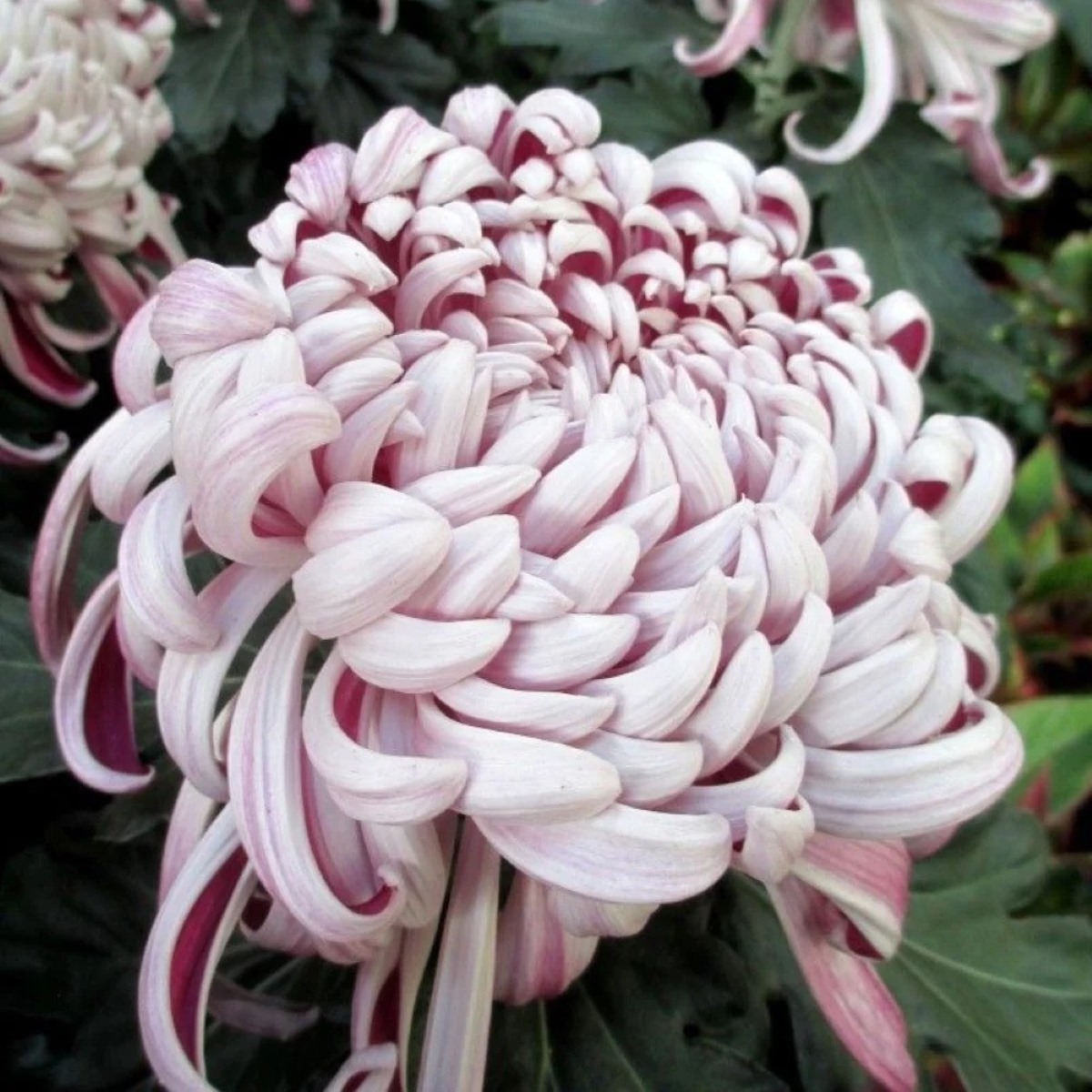
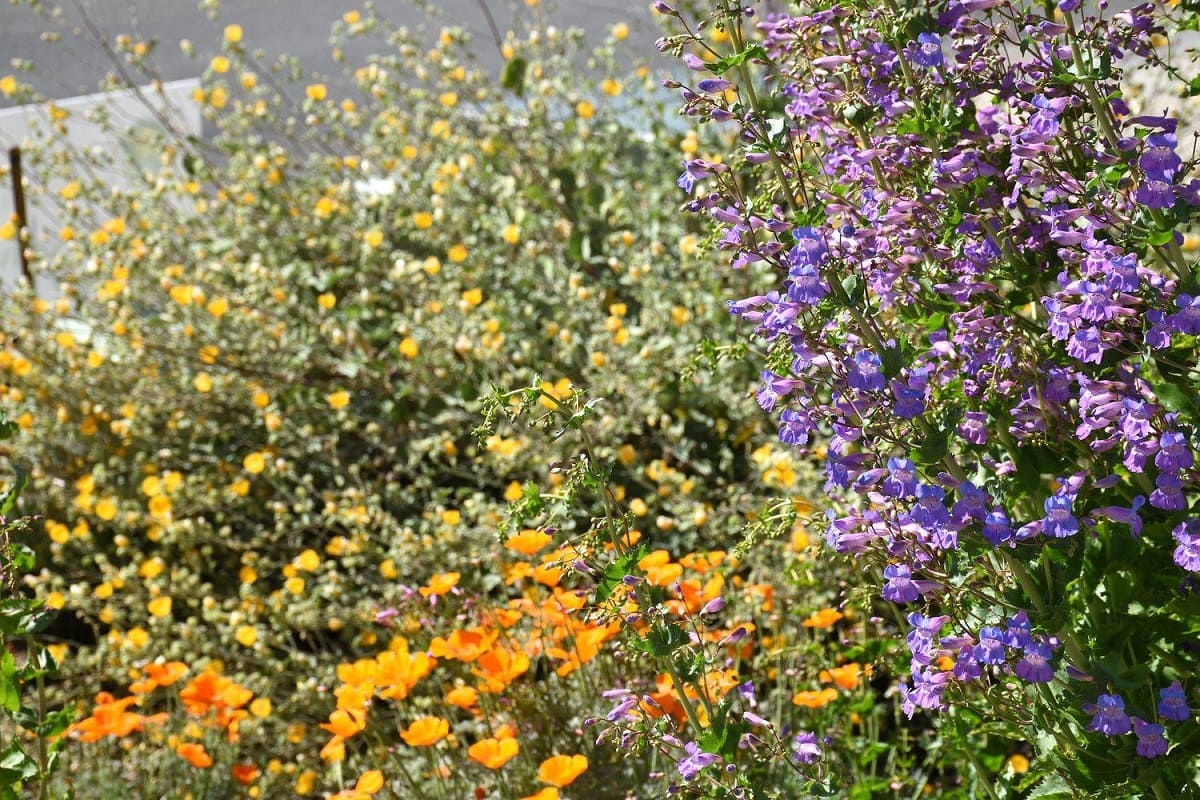
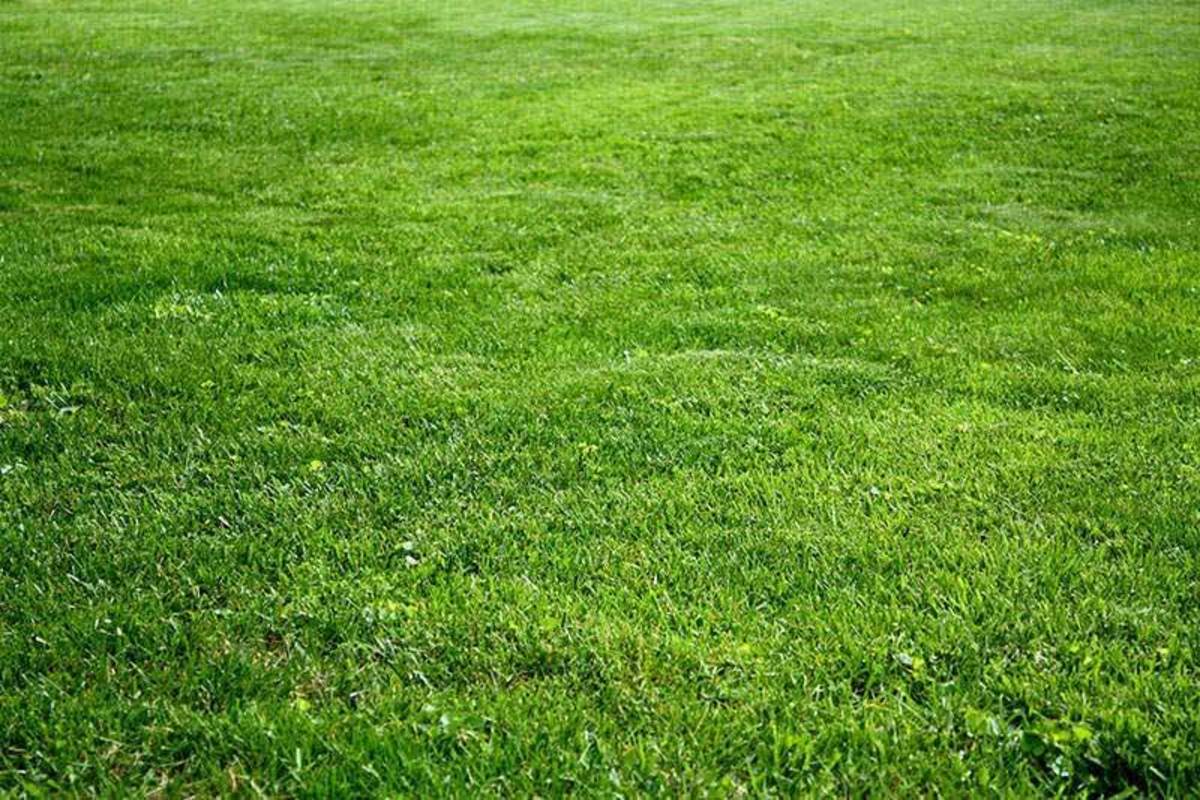
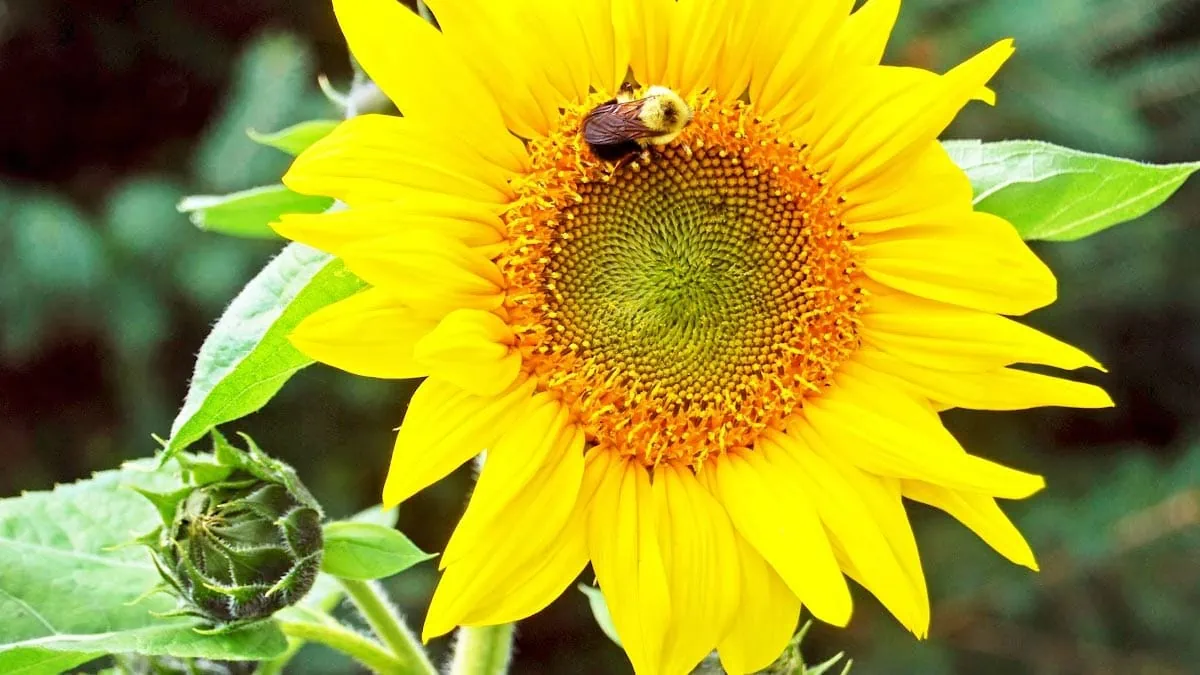
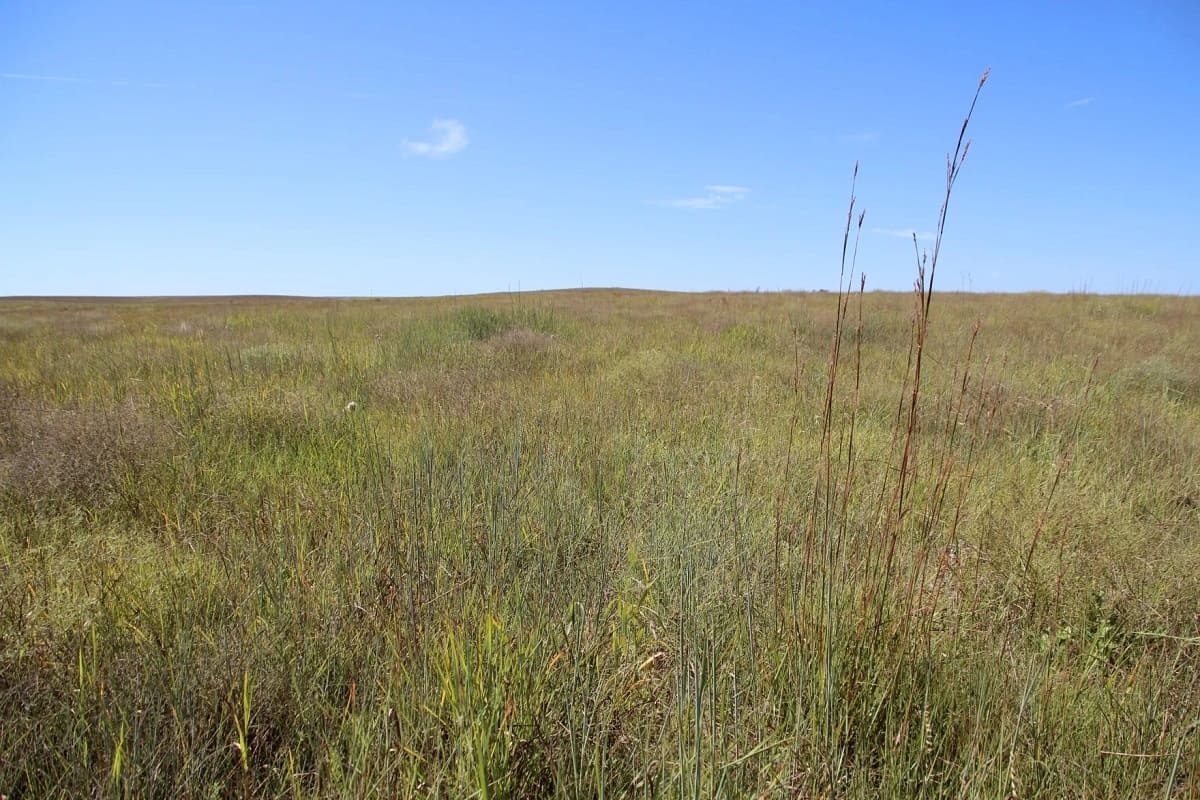
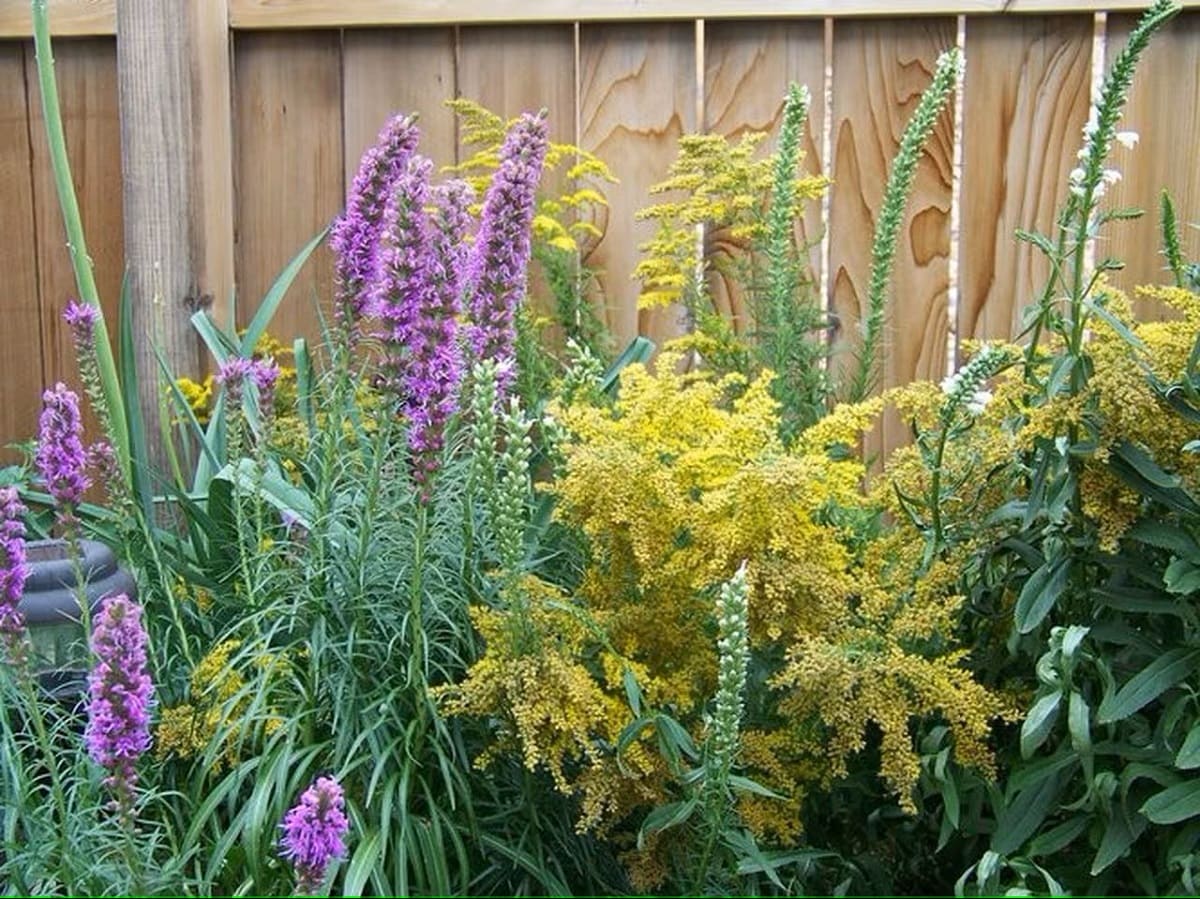
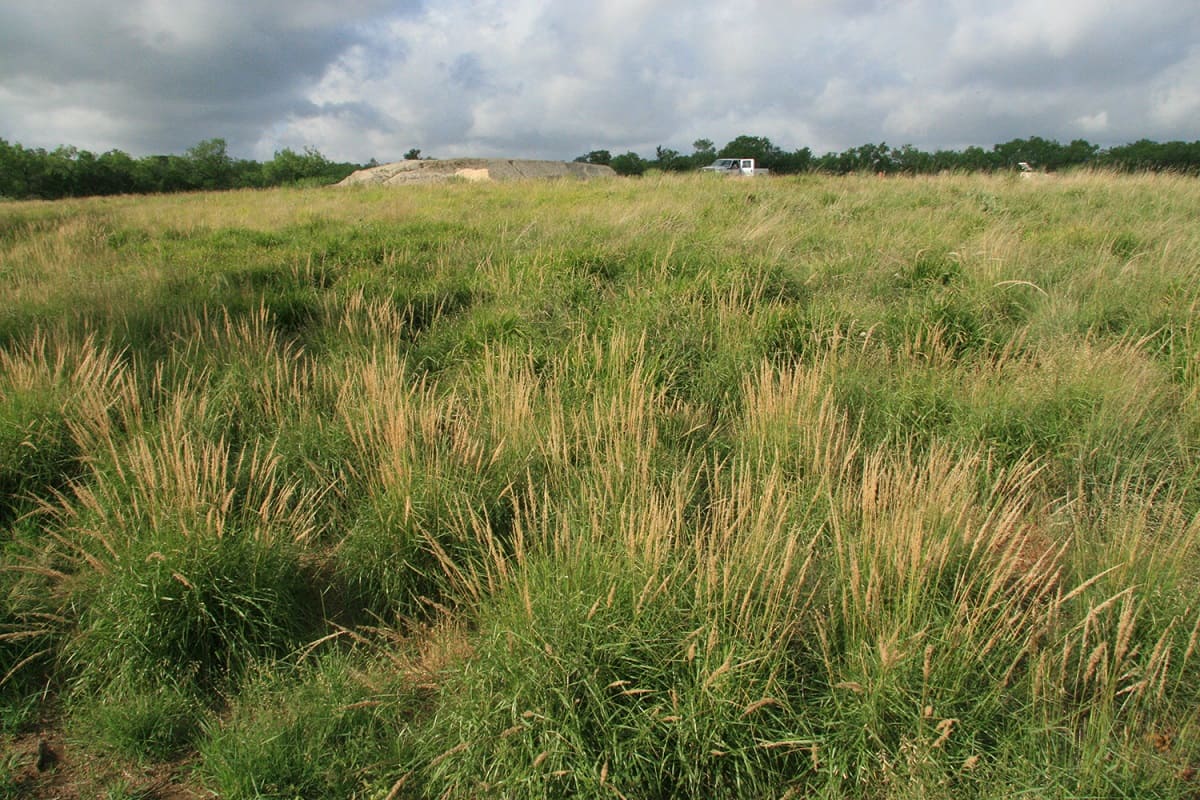
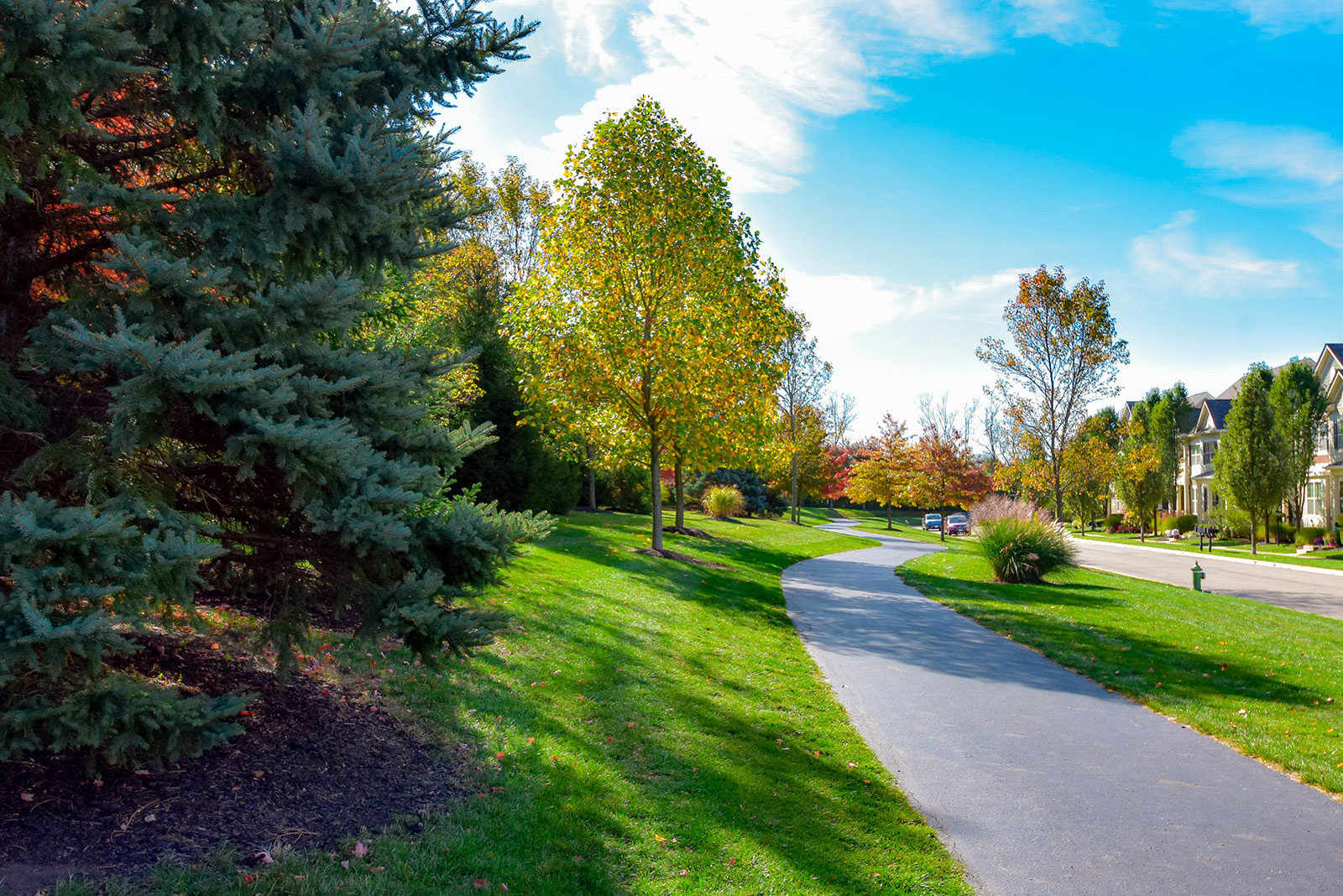
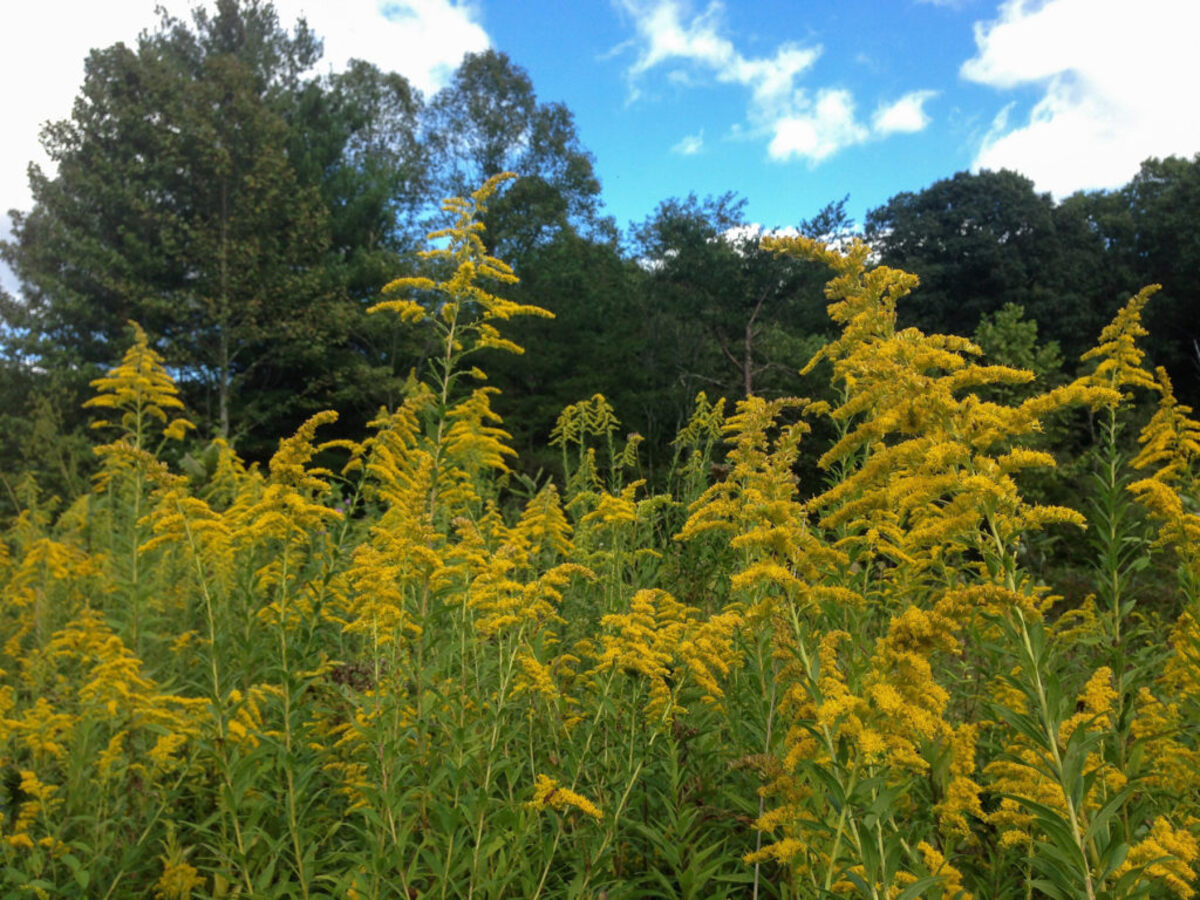
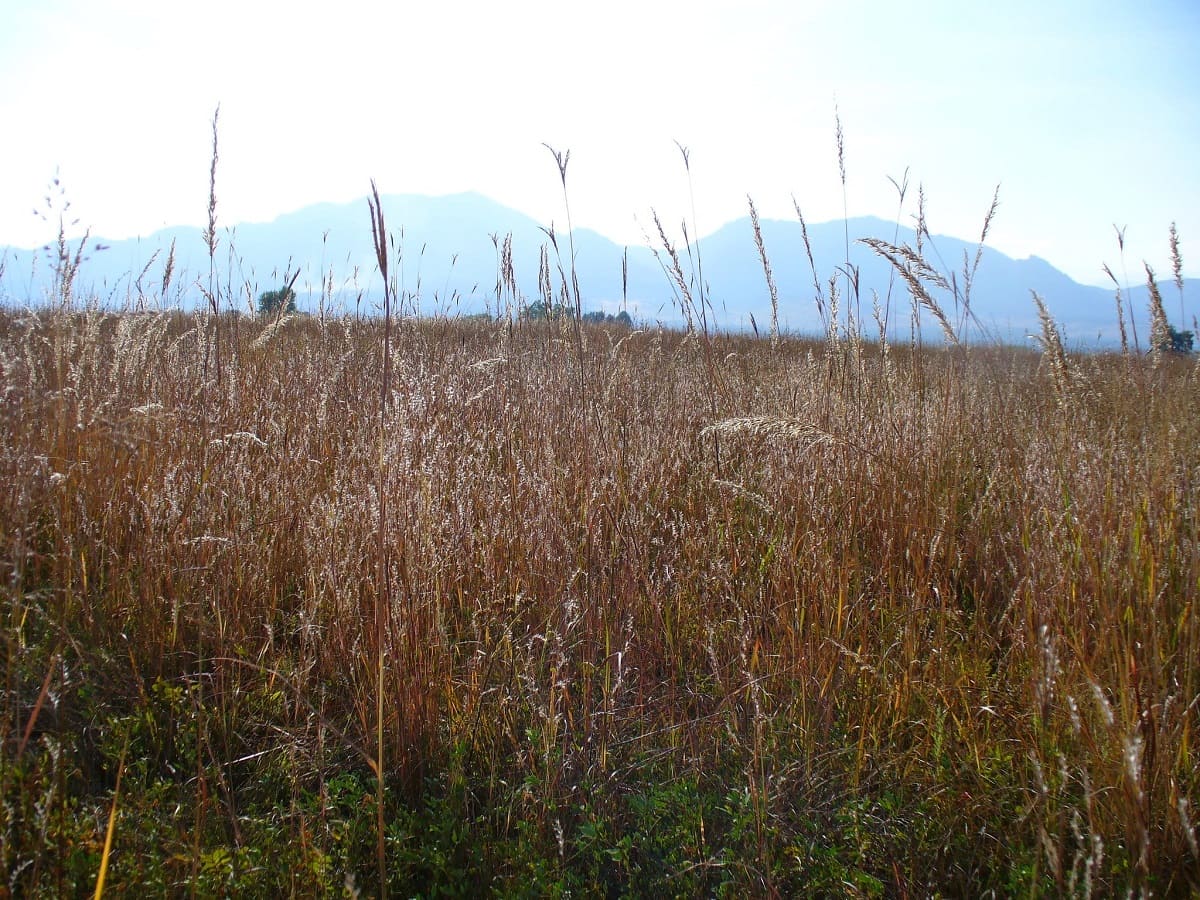
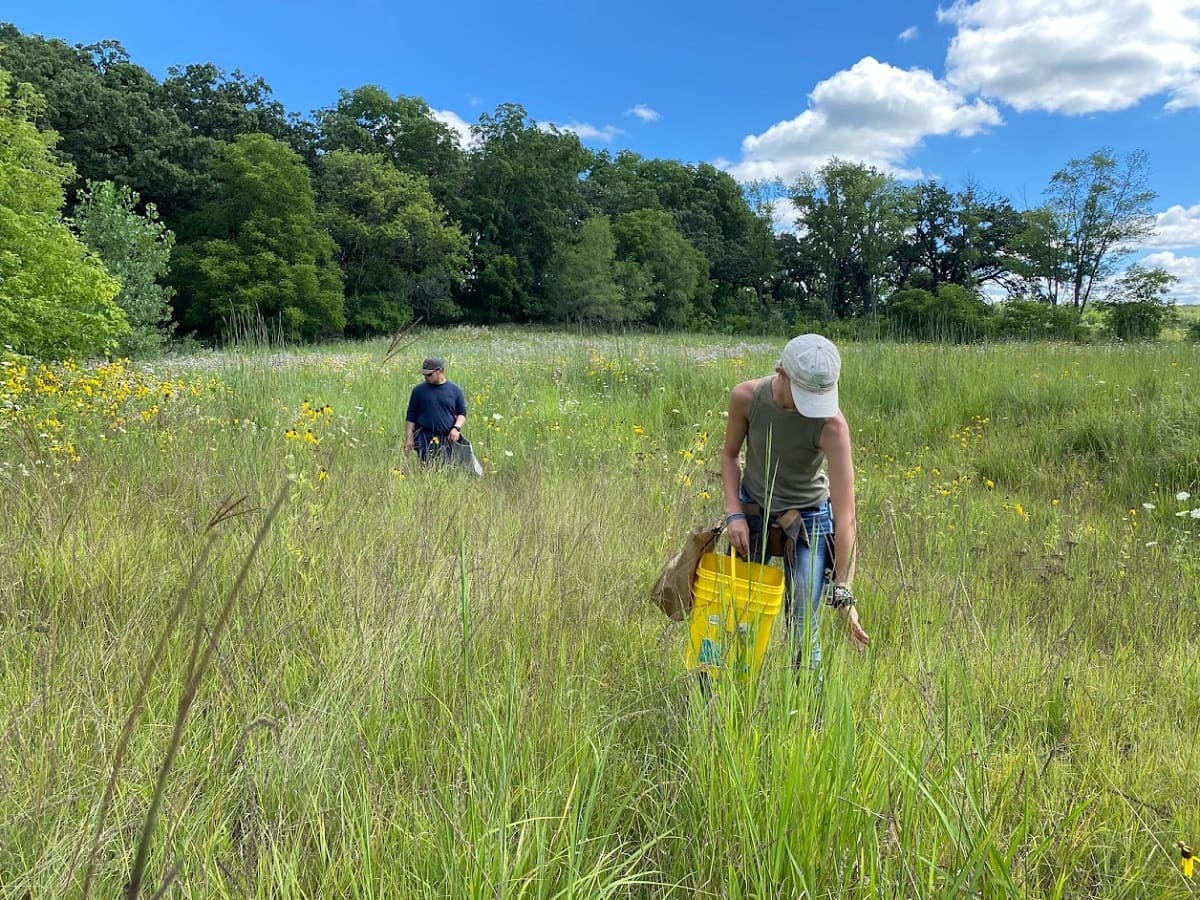
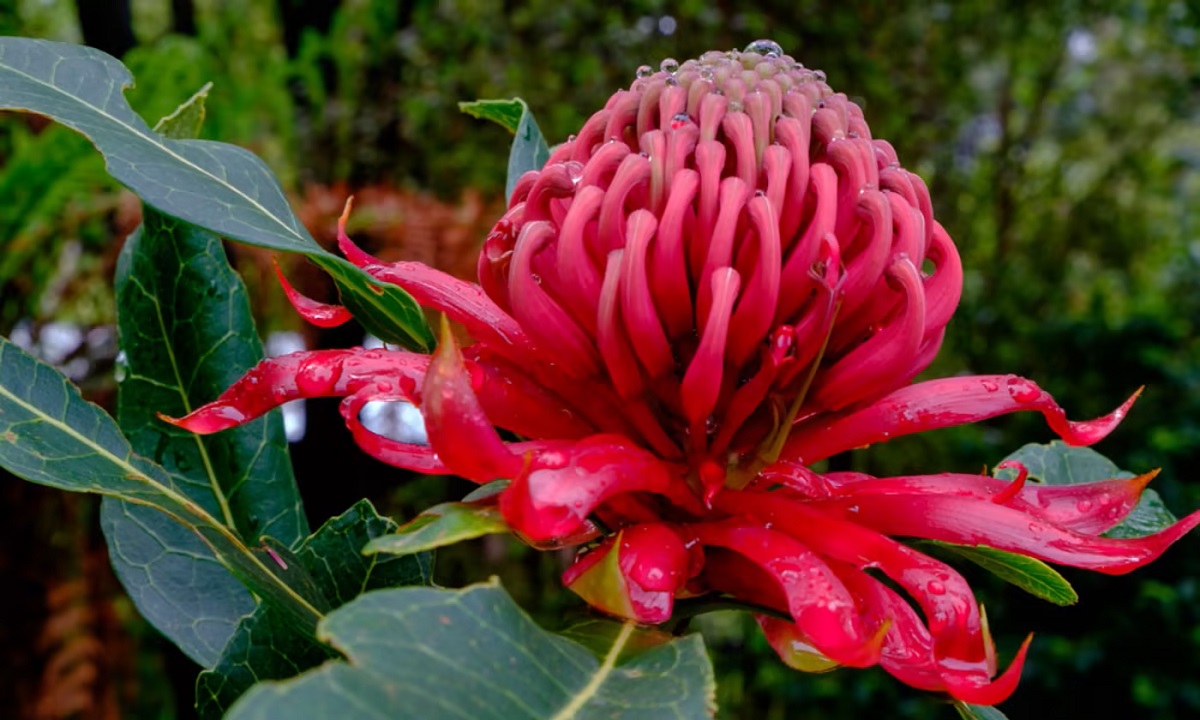
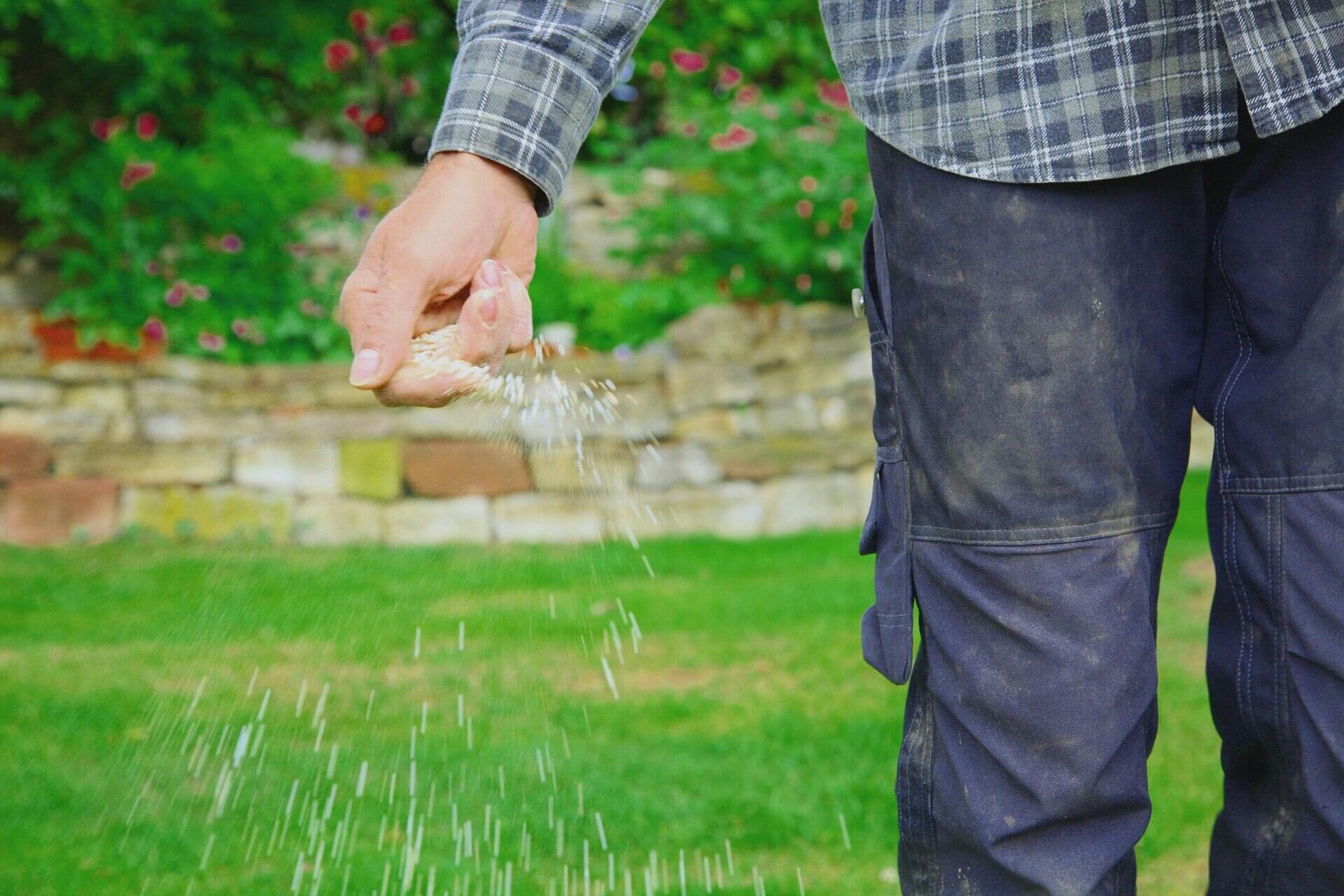
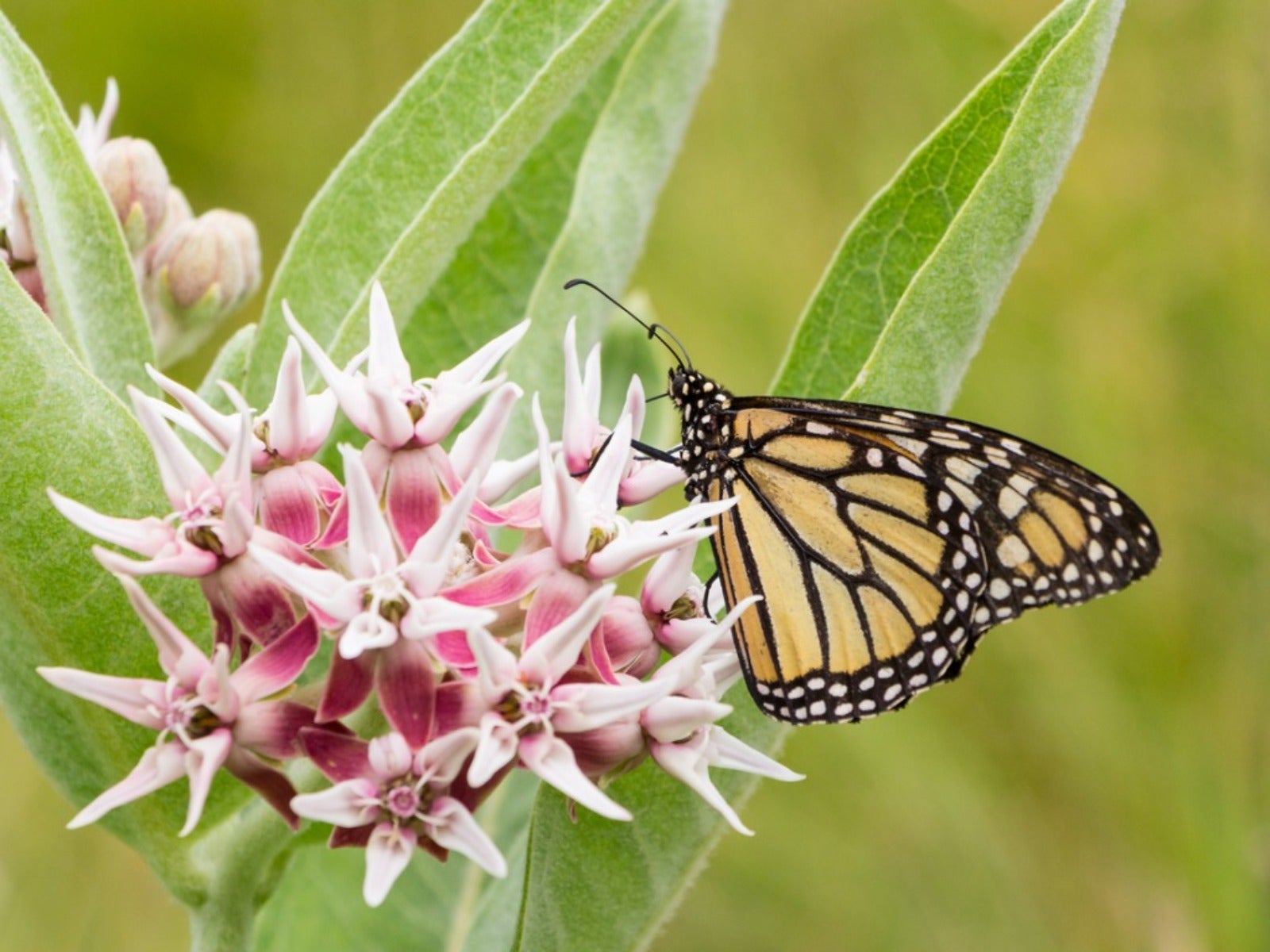

0 thoughts on “When To Plant Native Perennials To Ohio”